Raspadura - Panama's Unrefined Cane Sugar

This article was first posted on Playacommunity.com on July 6, 2010 Raspadura is unrefined pure cane sugar that can be purchased directly from sugar cane farmers, in some grocery stores and local food vendors across Panama. Raspadura is used in many Panamanian desserts, candies and drinks. It is used with oranges and lemons to make a refreshing beverage. High in calcium, potassium, magnesium, iron, as well as containing small amounts of selenium, raspadura contains all the vitamins and minerals of the sugar cane, but in a concentrated way. It is a nutrionally rich natural sweeter with a wonderful nutty taste. While raspadura is widely used in Panamaian cooking, it is not unique to Panama. In India and Pakistan it is called "Gur". In Peru, “Chancaca”. In Mexico, “Papelon” and "Panela" in many parts of South and Central America. Here in Panama sugar cane farmers have been making Raspadura for generations using a traditional mill called “Trapiche”.
It is 6:00am and still dark, when I arrive to meet Mr. Vicente Valdespino and his son, David, local sugar cane farmers in Las Lajas. The Valdespinos have already cut the sugar cane and have begun to mill it through the trapiche. “I have been doing this for many years”, Mr. Valdespino says, “and my relatives did the same when I was a child.”
While some farmers have wooden trapiches, the one belonging to the Valdespino family is a metal structure. It is composed of gears and two cylinders, having a narrow space to pass the sugar cane through. The mechanism is run by a long wooden leaver which is pulled by a horse.
Fresh cut sugar cane is put through the mill while the horse pulls the leaver that works the trapiche. The sugar milling process produces a sugar cane juice called ‘guarapo’ and a fibrous solid called ‘bagazo’. Surplas bagazo can be used for animal feed, in paper manufacture, or burned to generate electricity for the local power grid.
The sugar cane juice, ‘guarapo’ is strained and put it into a large aluminium pan, which is placed in a mud oven for about four hours. While the guarapo is cooking it is cleaned of residue with a vessel having little holes made from the hard shell of a fruit called calabazo.
When the water is totally evaporated and the guarapo acquires a thick consistency it is ready to start whipping with a large wooden stick called mecedor.
Finally the product is poured into casts made of espave wood until it solidifies into raspadura. Each cast is half a raspadura called “tapa”; two “tapas· make an atado. Mr. Valdespino and his son sell the raspadura for three atados a dollar.
To purchase raspdura from The Valdespinos, contact David at 6492-5298 .
Photo Gallery for Raspadura - Panama's Unrefined Cane Sugar
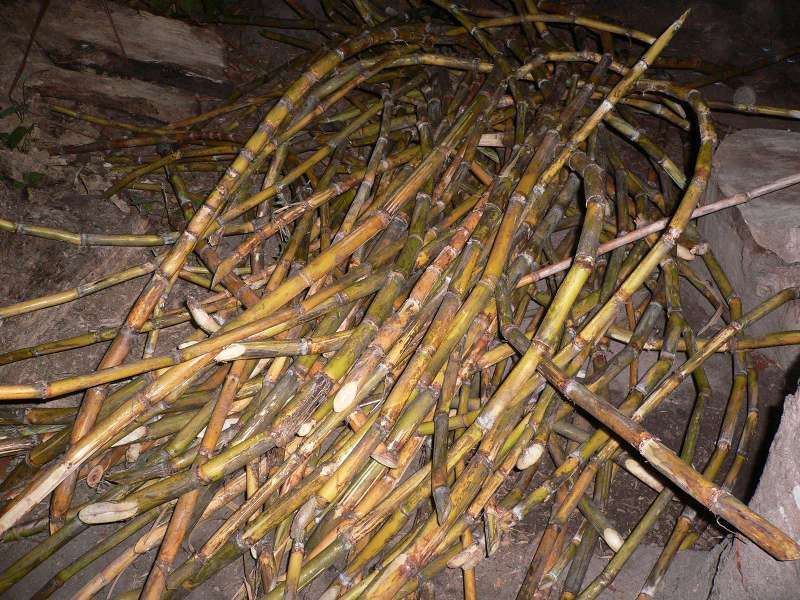 Title
Title
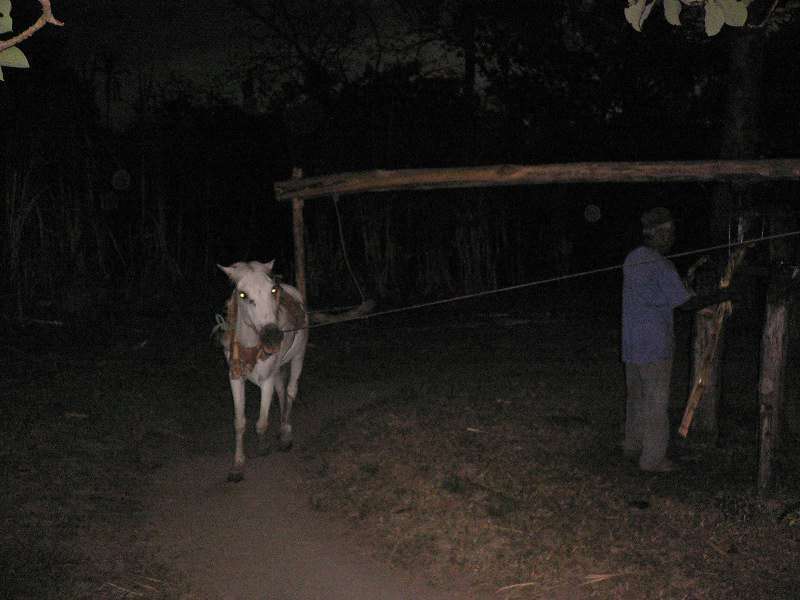 Title
Title
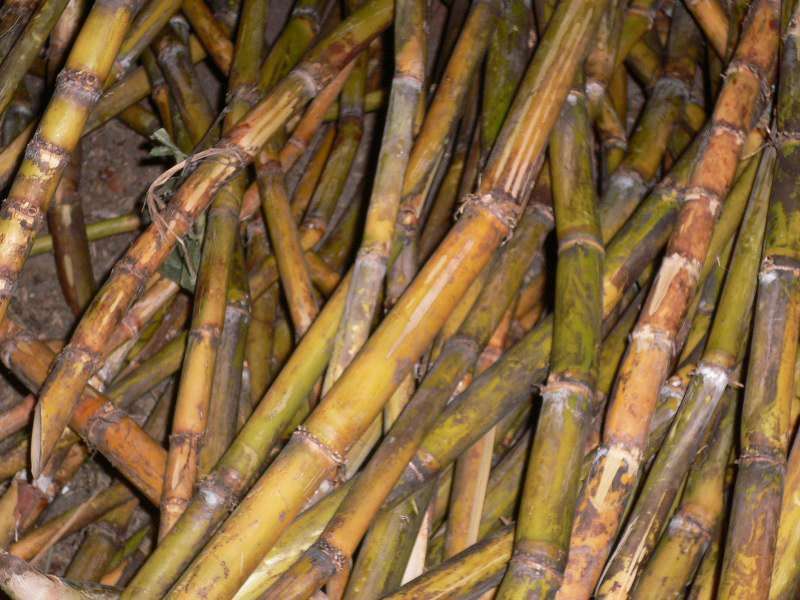 Title
Title
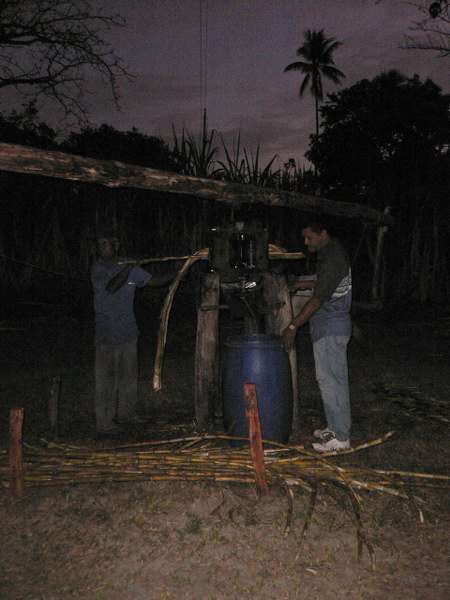 Title
Title
 Title
Title
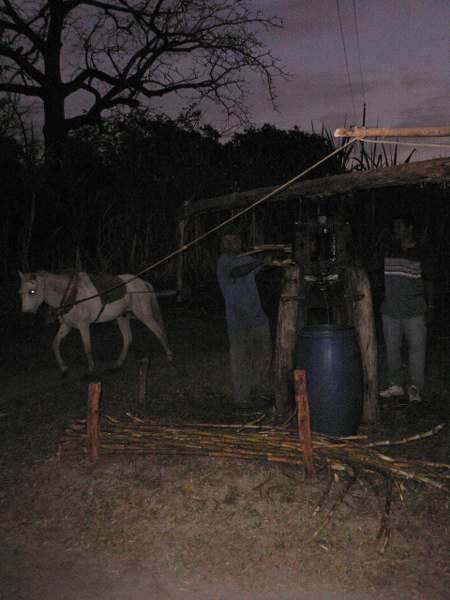 Title
Title
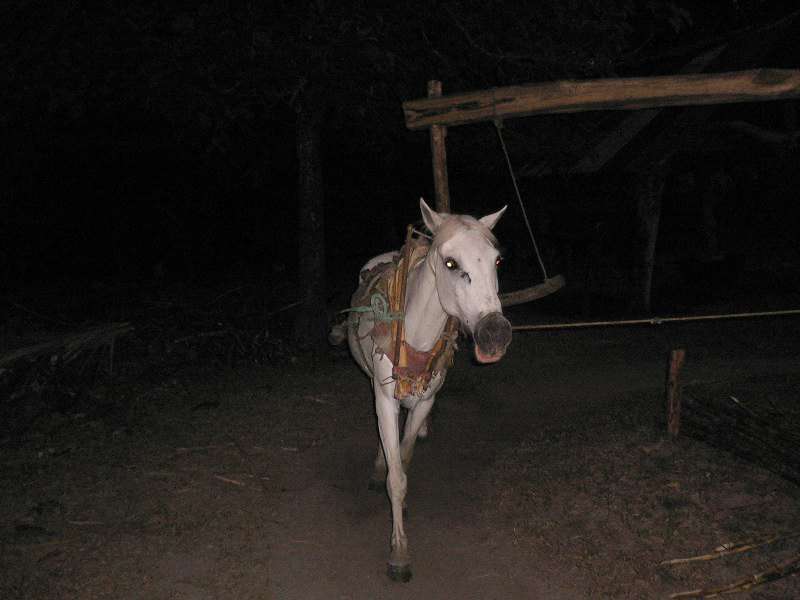 Title
Title
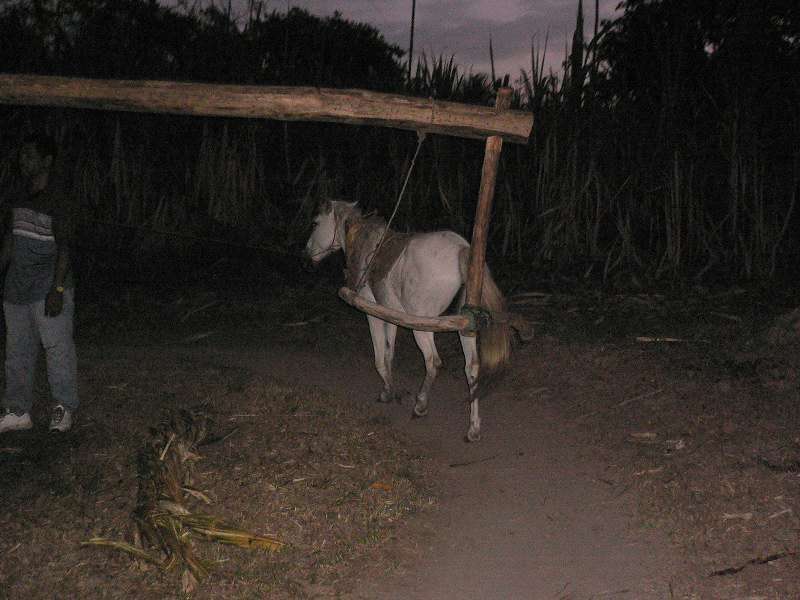 Title
Title
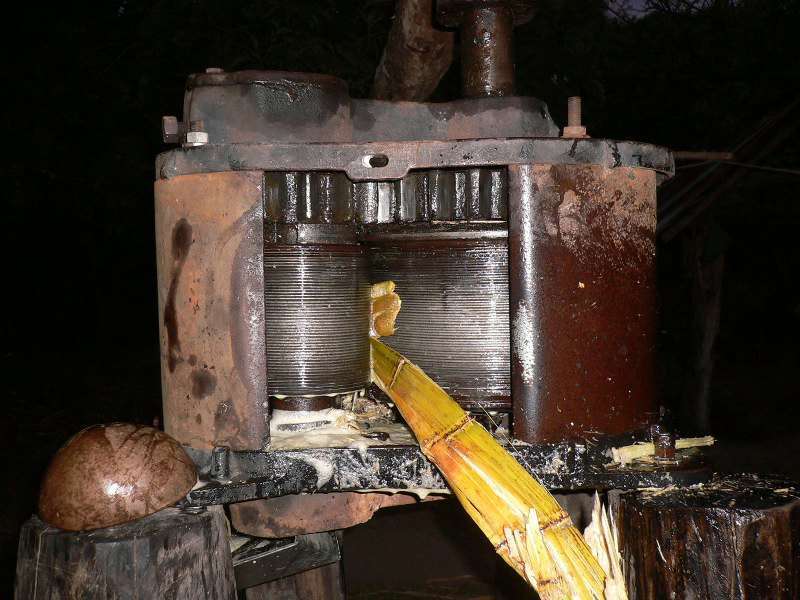 Title
Title
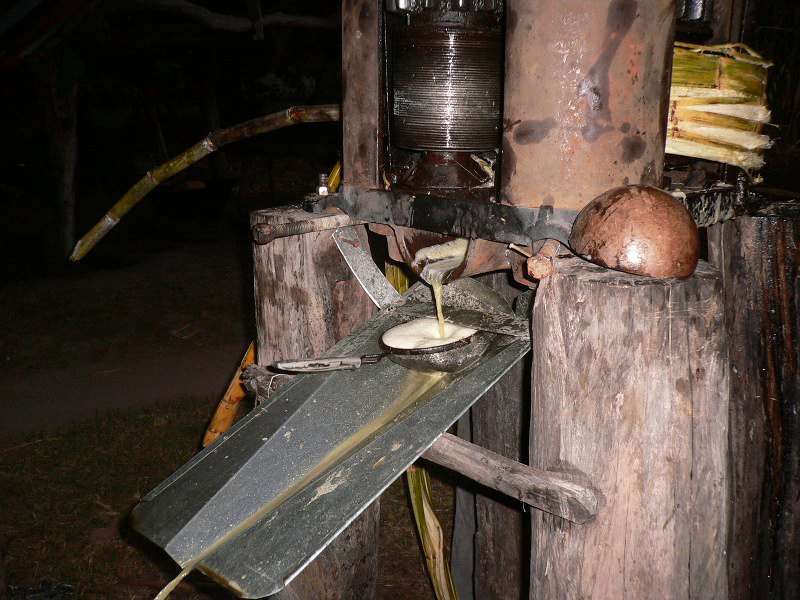 Title
Title
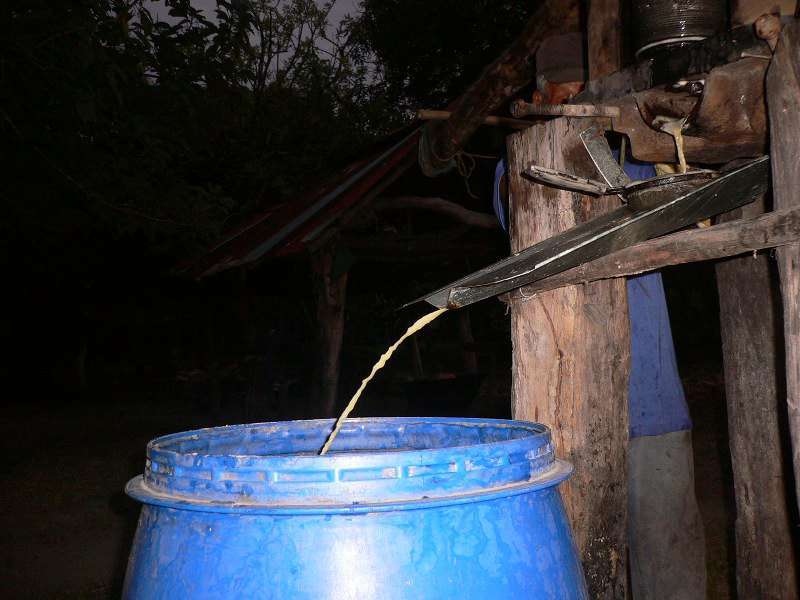 Title
Title
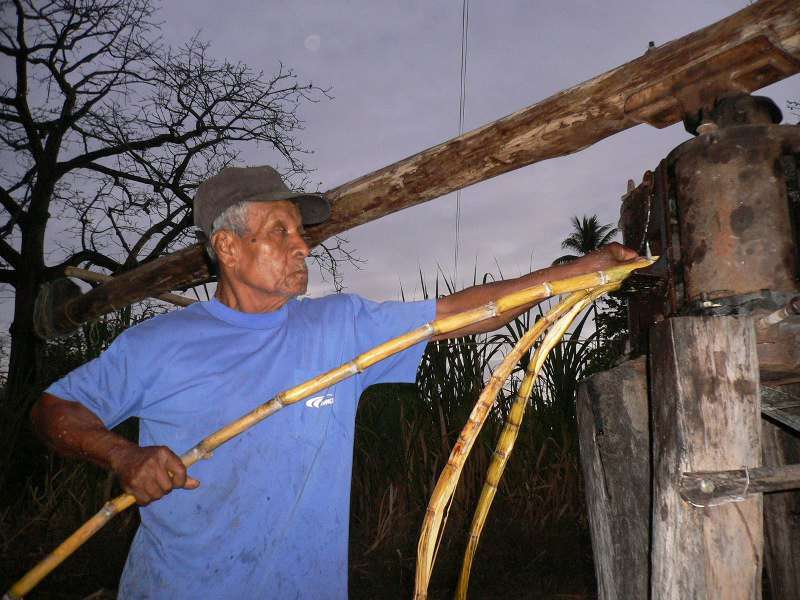 Title
Title
 Title
Title
 Title
Title
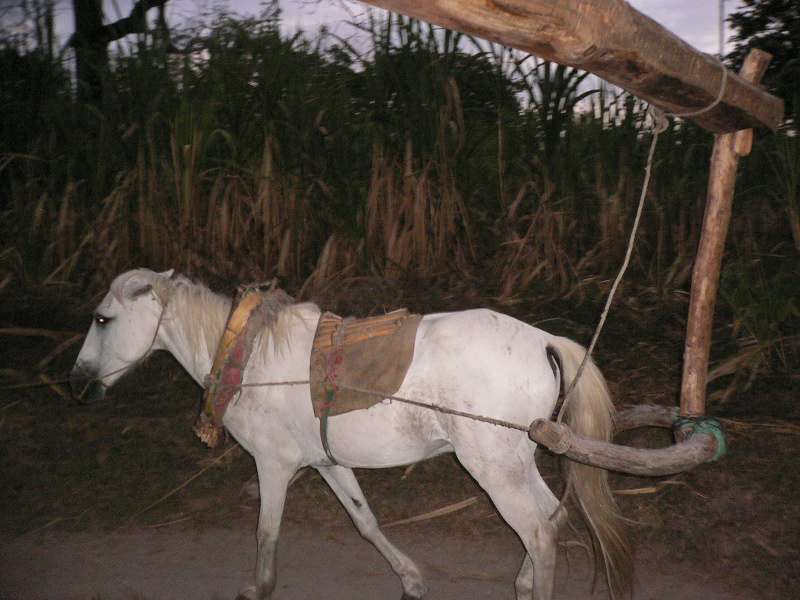 Title
Title
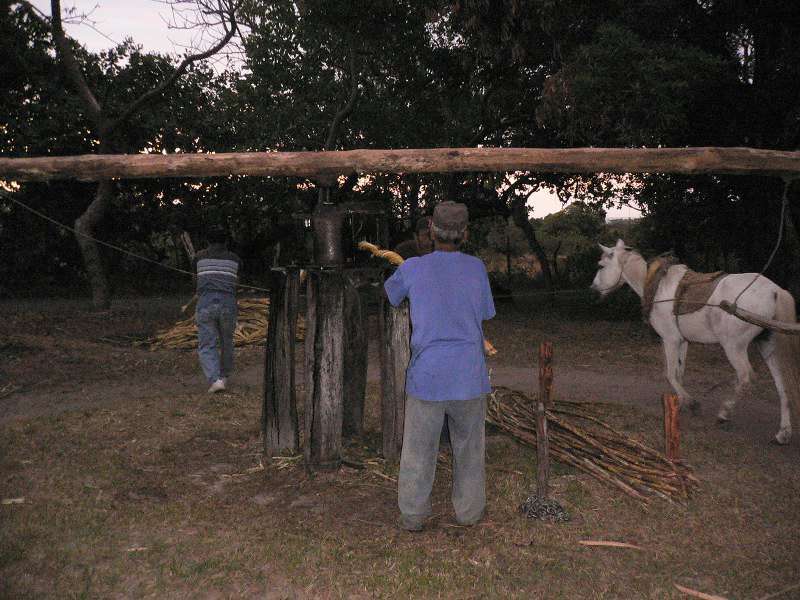 Title
Title
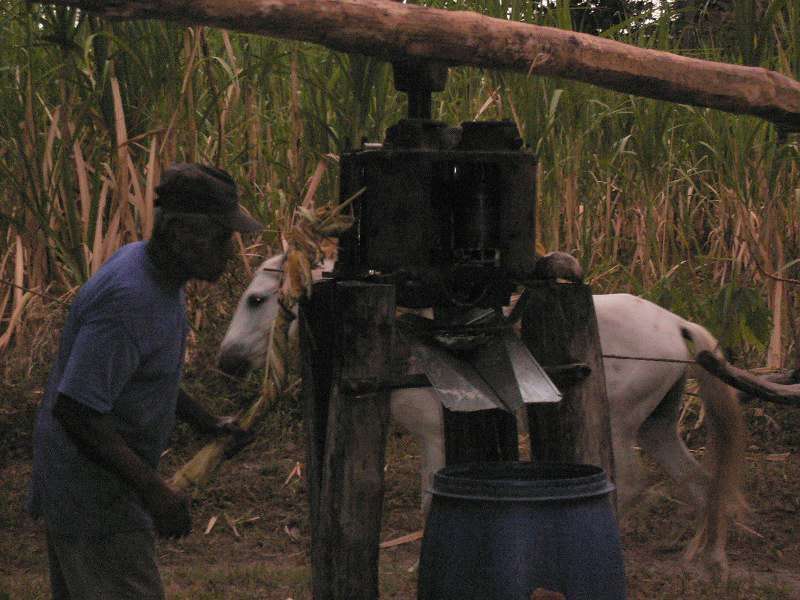 Title
Title
 Title
Title
 Title
Title
 Title
Title
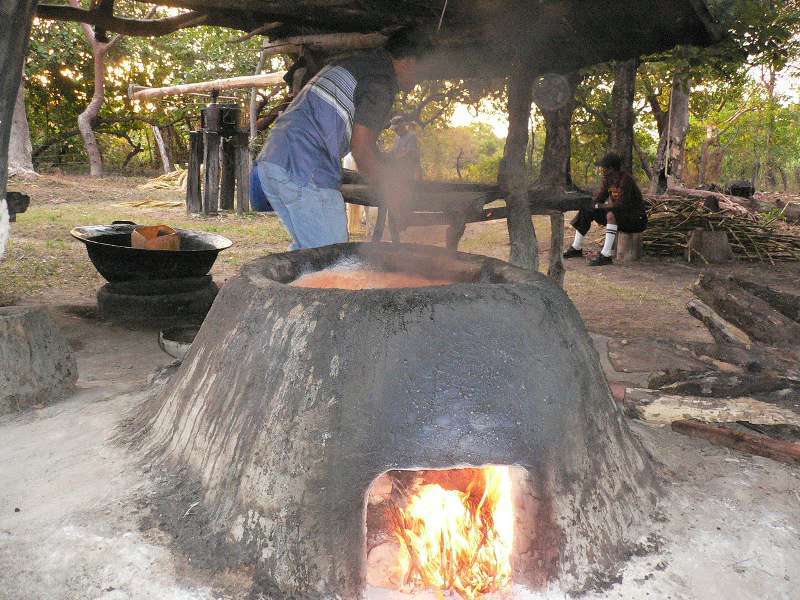 Title
Title
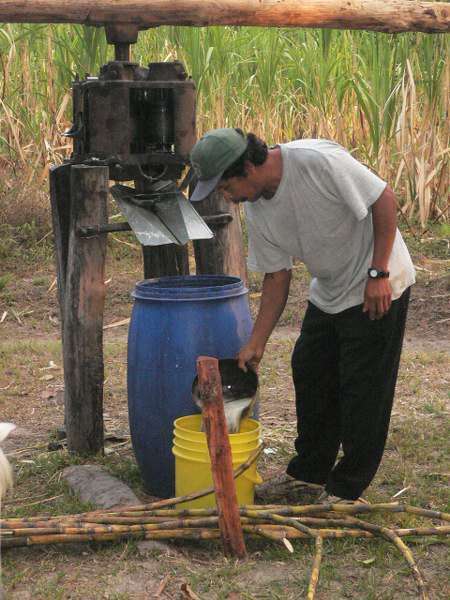 Title
Title
 Title
Title
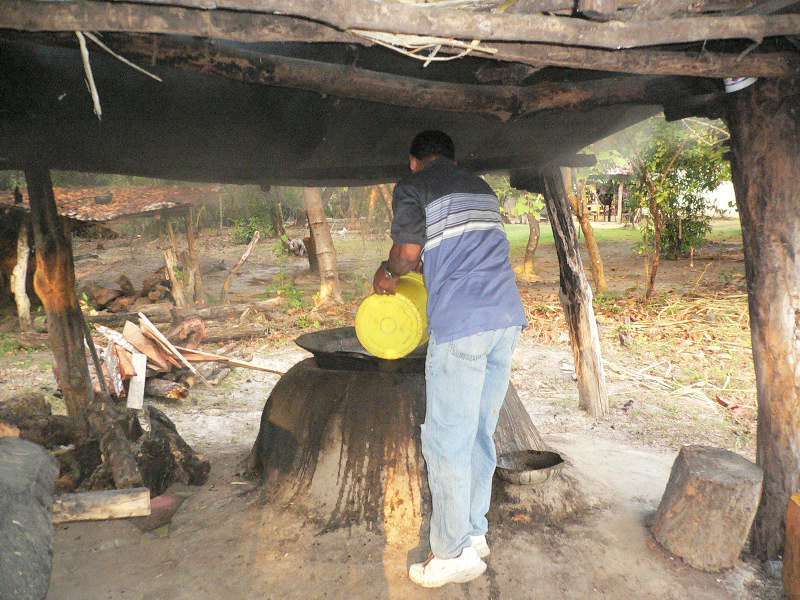 Title
Title
 Title
Title
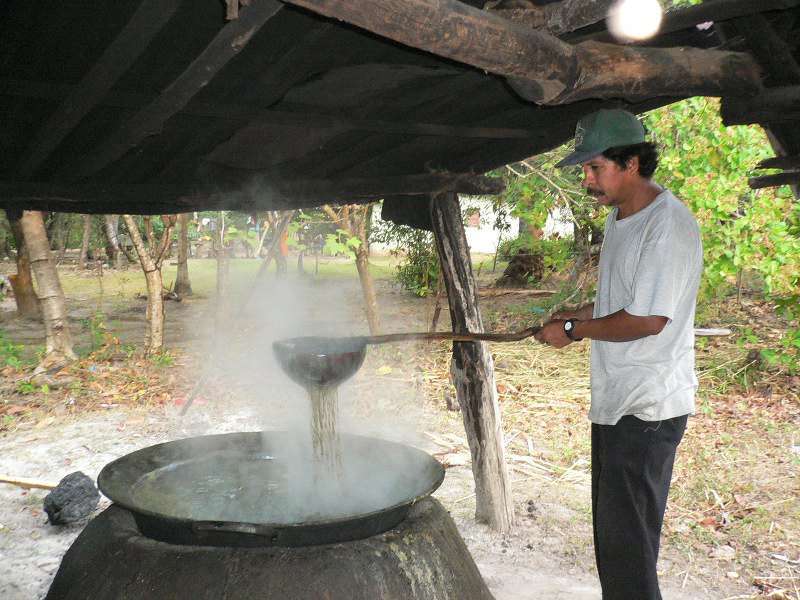 Title
Title
 Title
Title
 Title
Title
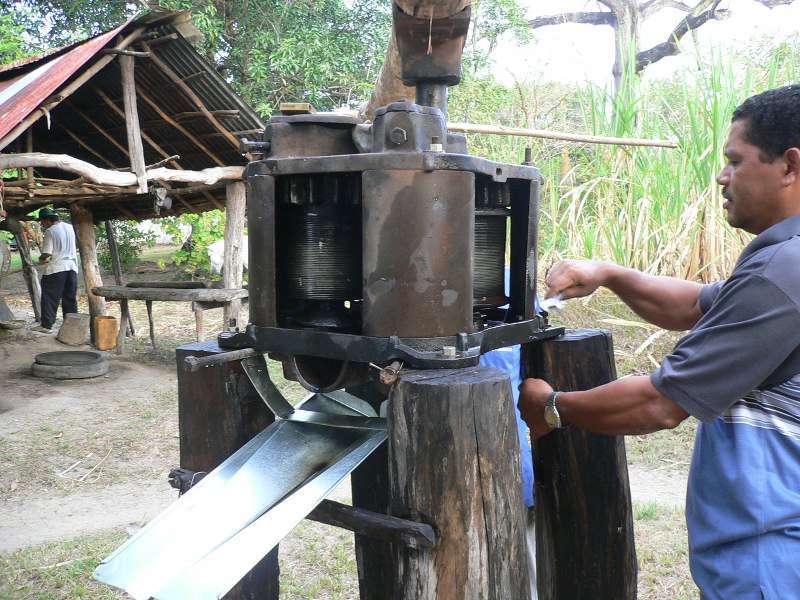 Title
Title
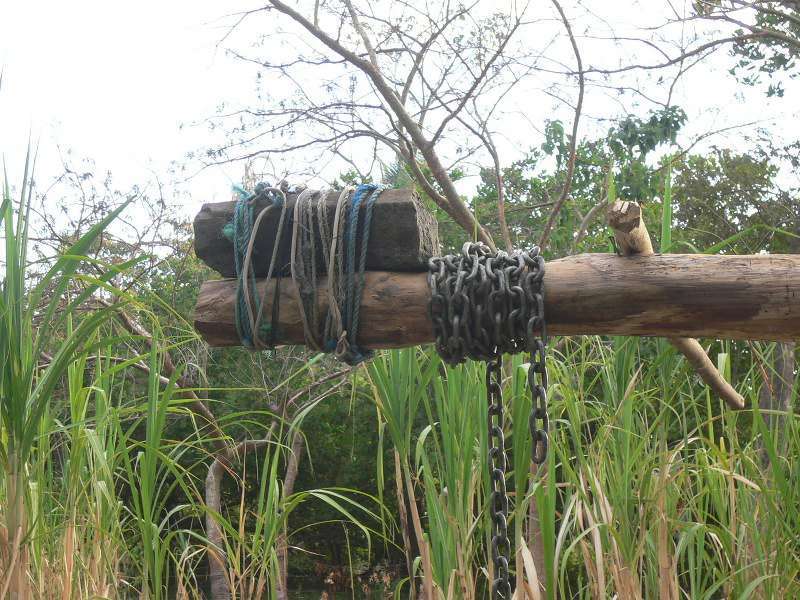 Title
Title
 Title
Title
 Title
Title
 Title
Title
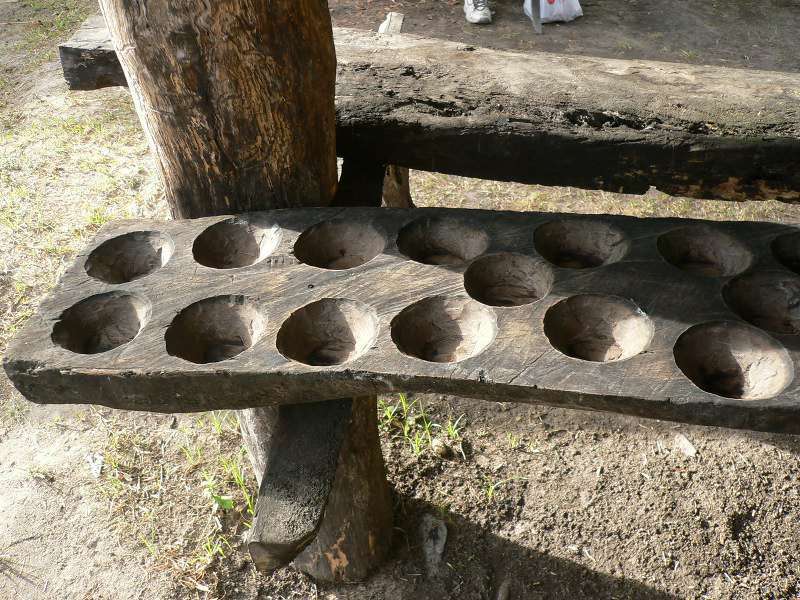 Title
Title
 Title
Title
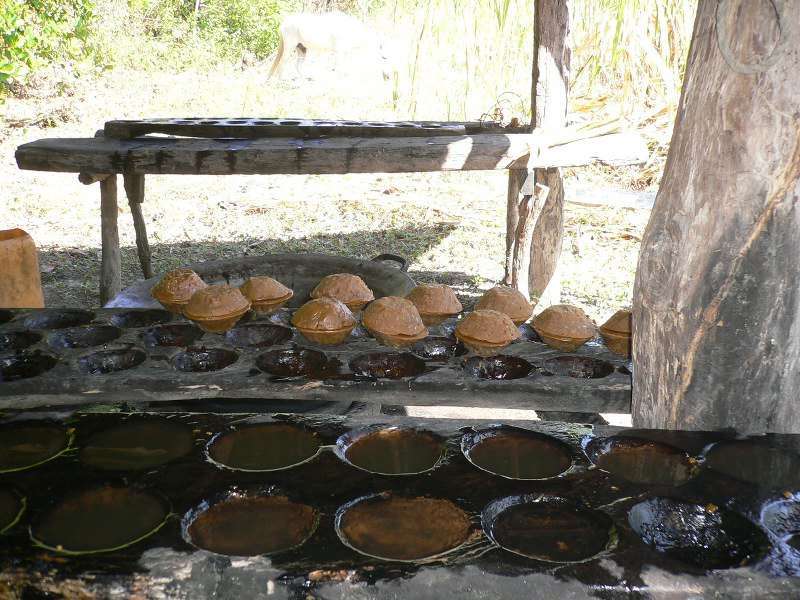 Title
Title
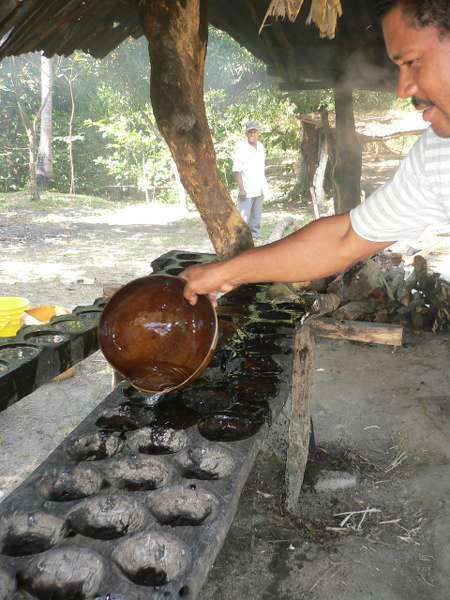 Title
Title
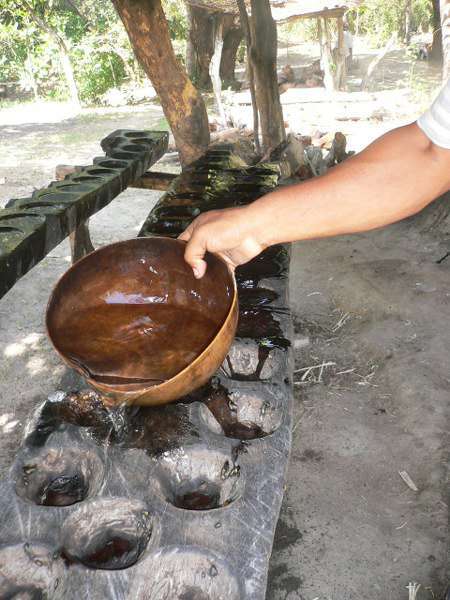 Title
Title
 Title
Title
 Title
Title
 Title
Title
 Title
Title
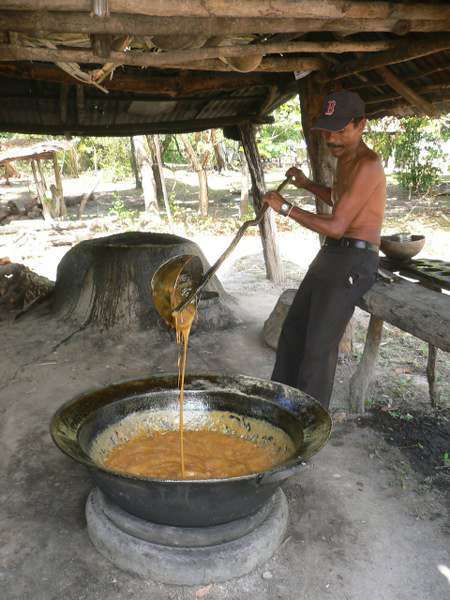 Title
Title
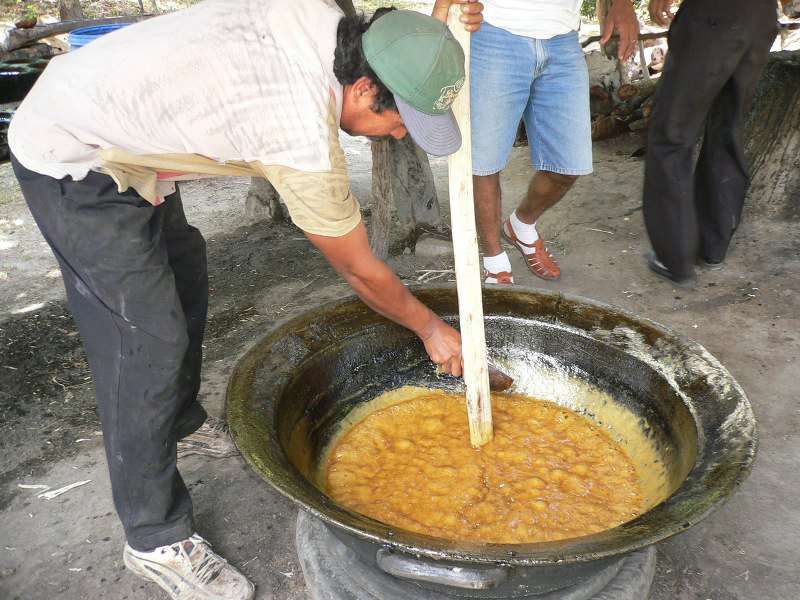 Title
Title
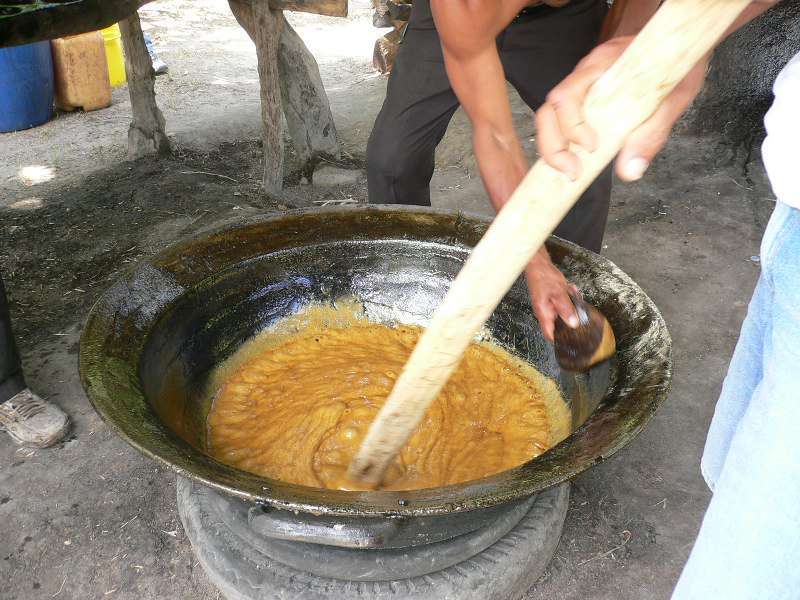 Title
Title
 Title
Title
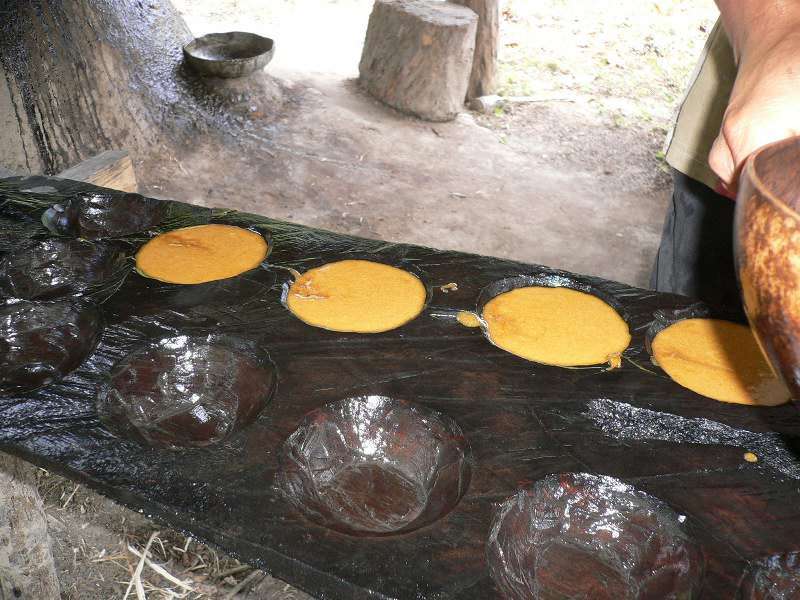 Title
Title
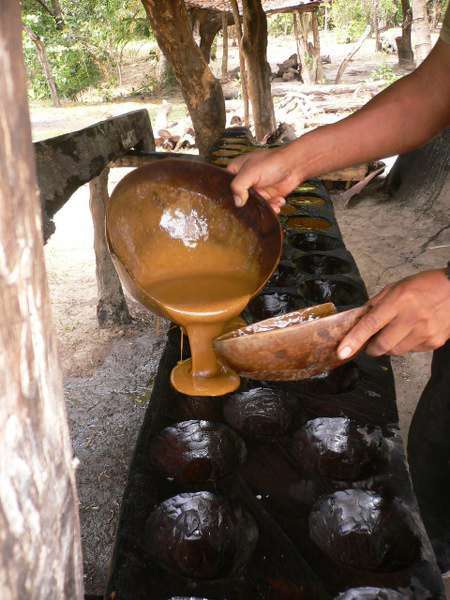 Title
Title
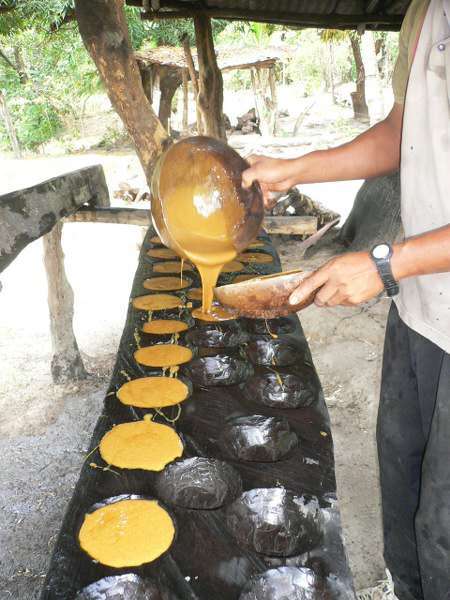 Title
Title
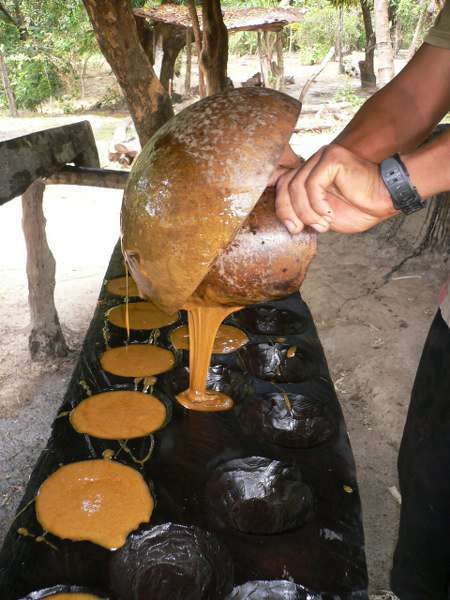 Title
Title
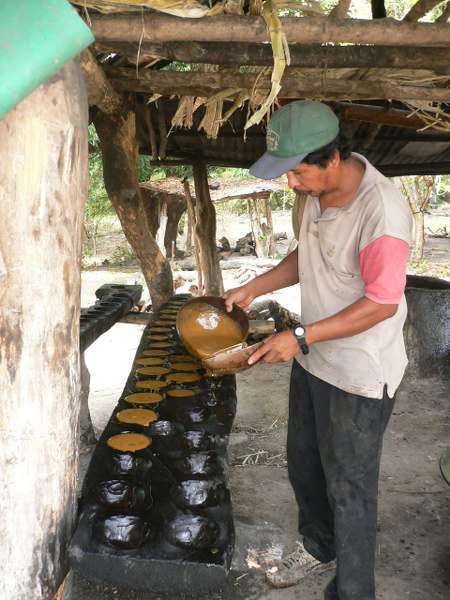 Title
Title
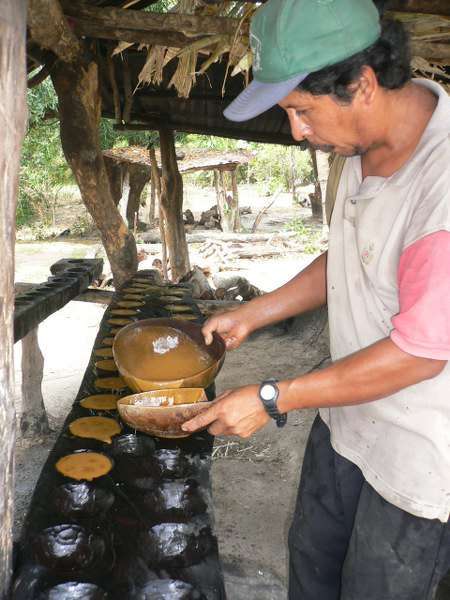 Title
Title
 Title
Title
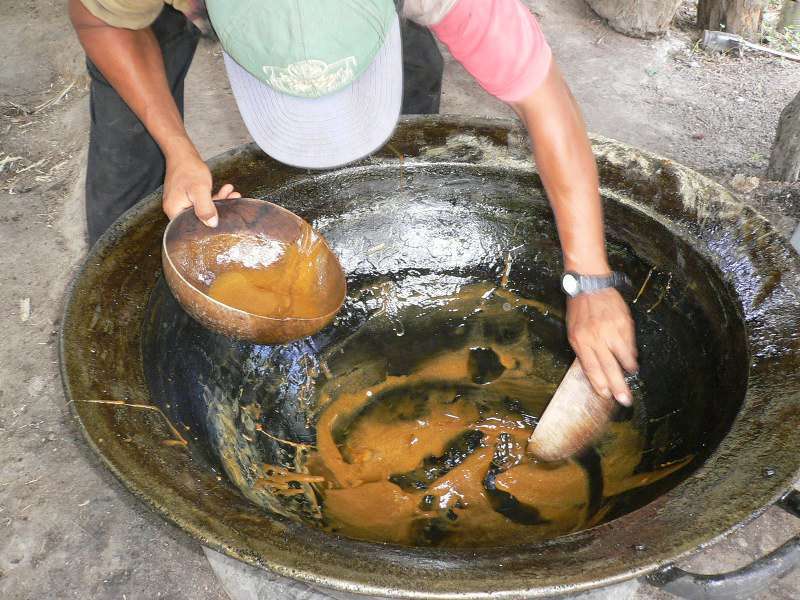 Title
Title
 Title
Title
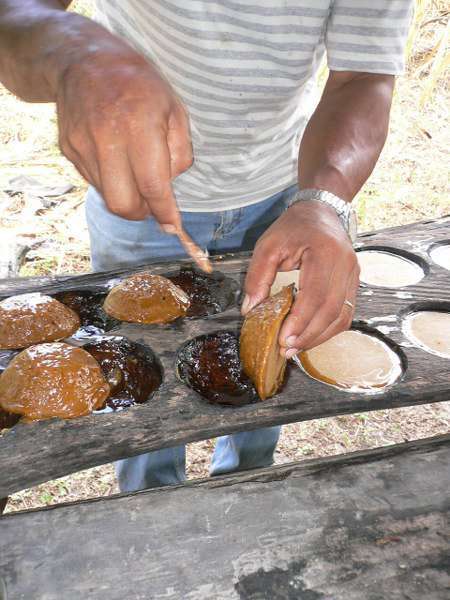 Title
Title
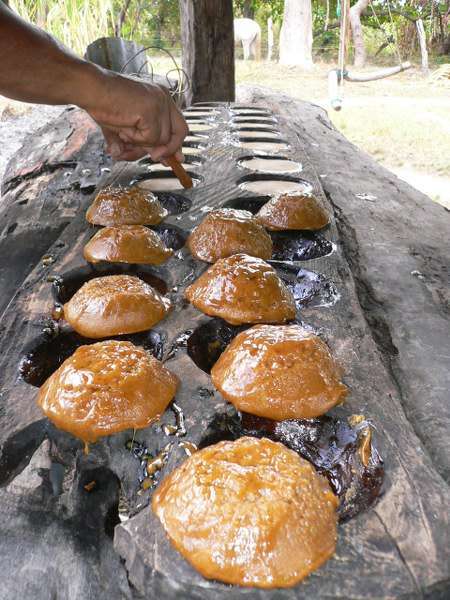 Title
Title
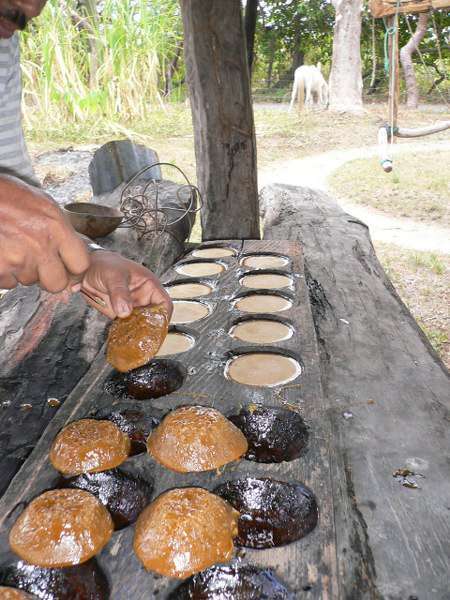 Title
Title
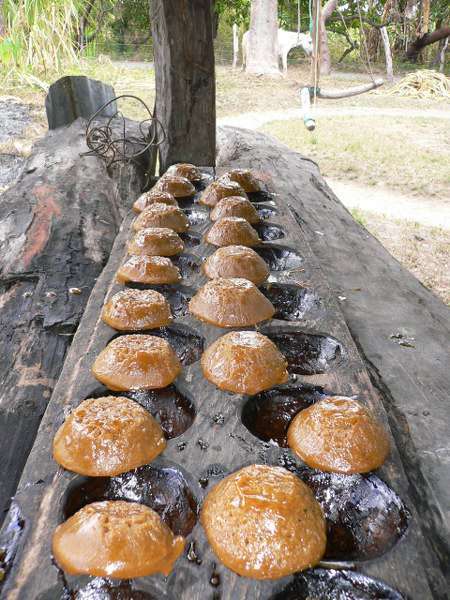 Title
Title
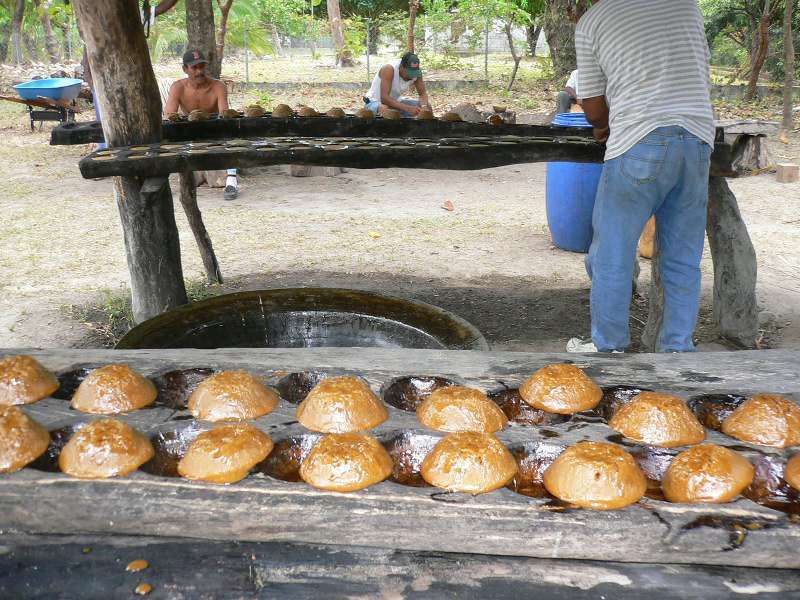 Title
Title
